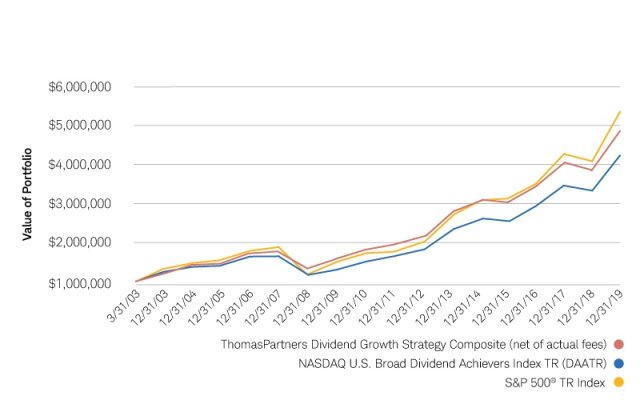ERD50
Give me a museum and I'll fill it. (Picasso) Give me a forum ...
I'm surprised no one has put together a broad market index excluding the dividend payers. Would perform so much better without that, you know, drag.

I'd appreciate the fact that my divs would be lower, I'd have more flexibility in managing my taxable income, Roth conversions, etc. And, at least based on our limited data set, performance could be expected to improve.
It would be a win-win for me.
I guess it could be worked out mathematically. Look at the top 10 holdings in those div-sector funds, find their % representation in VTI, subtract their performance, but add in that much more VTI (leveraging it, in effect).
Shorting them means I still need to have funds on hand to cover, so that's not the same (I think?).
Too much work for me, but I sure wish a Vanguard or Fidelity would put out an index like that, managed by computer to keep expenses low.
-ERD50

